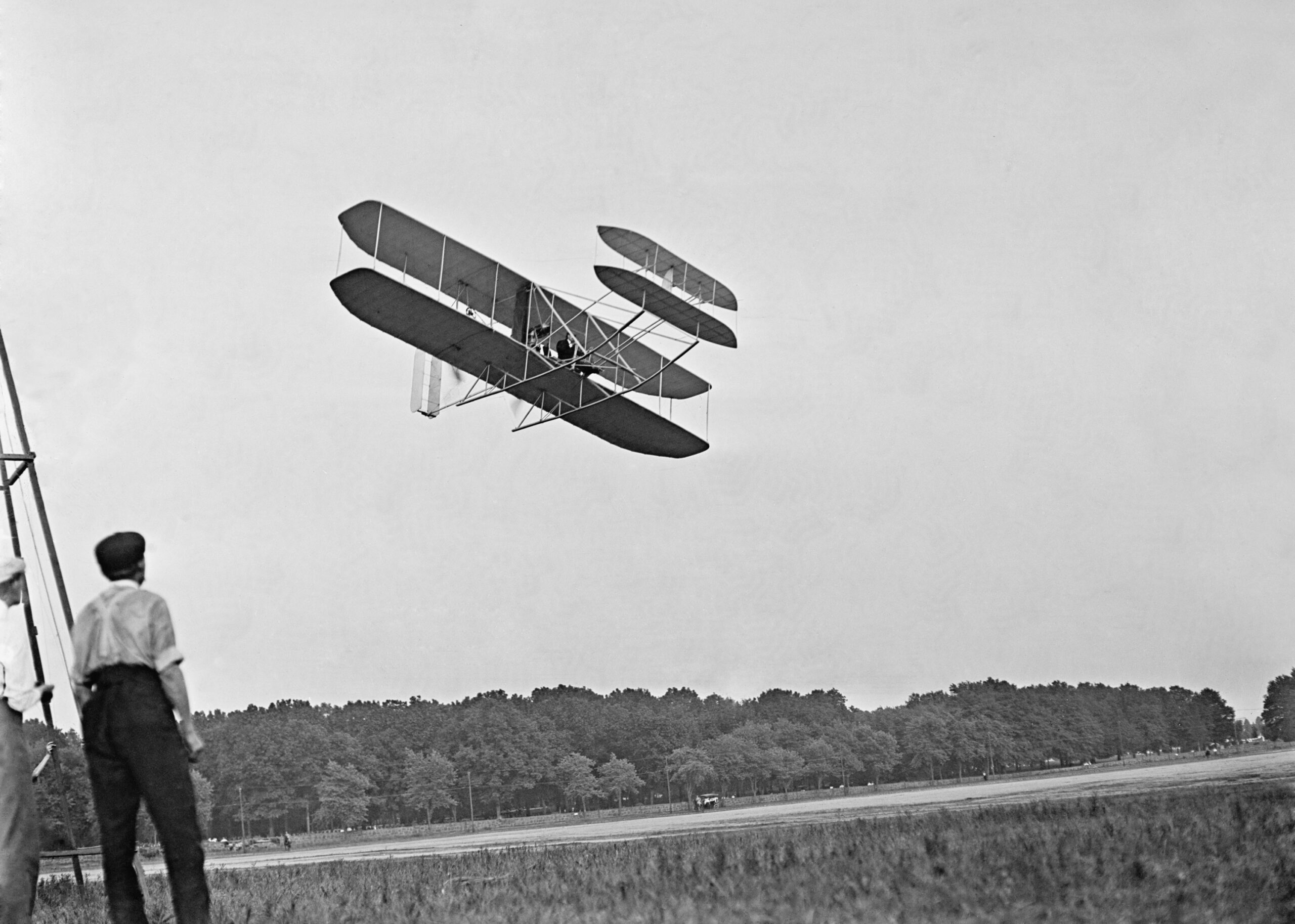In September of 1901, McClure’s Magazine, in an article written by Simon Newcomb, a distinguished astronomer and professor at Johns Hopkins University, dismissed the dream of flight as no more than a myth. In December of the same year, another voice of scientific authority denounced the dream of flight as a total sham. This time it was an article in the respected North American Review, written by the chief engineer of the United States Navy, Rear Admiral George Melville. On December 17th, 1903, the Wright Flyer took its first flight on the shores of the Atlantic in Kitty Hawk, NC. Maybe you have guessed it by now, I just finished reading David McCullough’s “The Wright Brothers” (highly recommend it) and it has me thinking about all the things I thought would never happen and have. Some of the things on my list include seeing, hearing, visiting, owning certain ideas or things, others are more personal like decisions I’ve made, good and bad.
In my twenty-six years in orthodontics I recall doctors telling me computers would never take the place of charts, analog x-rays are better than digital images for diagnosing cases, scanners are too big and slow compared to impressions, self ligating brackets are a fad, marketing is immoral, and plastic can’t move teeth. Likewise, I can recall staff members clutching onto their schedule book, peg-boards and ledger cards declaring there is not a computer that could accomplish these tasks more efficiently than they. Some claimed that having an automated service to confirm next appointments or allowing patients to check balances on line would loose the human touch and cause a practice to die. The list goes on – I’m sure you can think of many of your own examples as well. Today I’m hearing from many doctors that the DSO model means an end to the solo and small group practice, that plastic will replace brackets for all cases, that treating sleep apnea is the future for the specialty, plaster will totally disappear, digital printing will extinguish the lab businesses, patients will get treated at the mall, expanded duty staff will see patients instead of doctors and there is nothing left to invent that would improve the treatment outcomes of cases. I hear even more doctors tell me the aforementioned list is a “myth” or a “sham”, usually accompanied by the virtues of why “I still use high-pull head-gear”.
Perhaps for orthodontists and those who serve the profession long for calm. We want to ride out any storm of change in safe harbors where certainties that our business models are secure and protected exist and are not threatened or disrupted. If we engage in something new; like Wilbur and Orville, we ask that the winds would blow at a constant and desired speed as we test the market with our ideas and inventions. This protection is not possible in modern day dentistry. Never have I seen such immense and accelerated change in the profession. Clinical change, materials change, business model change, employee expectation change, consumer behavior change, and all of this converging it seems at a simultaneous moment called now.
Rest assured, major change in the specialty is upon us; things that you never thought you’d see are happening and will continue. In our business I was caught flat-footed at the sheer number of new and younger doctors who desire and want to work as employees, perhaps for a full career. I never thought that would be the case, but it is and today recruiting is the fastest growing piece of our business. I thought the DSO’s were the bad guys and have found they are not. I believed that orthodontists merging with pediatric dentists would limit your business, but maybe not. Are their really doctors who don’t want to join the AAO, it turns out there are. As I complained about all this change hoping things would get back to normal, a trusted advisor suggested that I better understand the change and adapt. Doing otherwise was a recipe for failure. He also suggested the change wasn’t happening as fast as I thought. It was good advice, we are studying, verifying and adapting to the new environment, all the while doing a great deal of “business as usual”. The Wright brothers reminded me that part of the story of the human enterprise is the disruption that occurs as we seek answers to unsolved questions.
Wilbur Wright said it well, “No bird soars in a calm”. Here’s to soaring!


Thanks Chris for a great article! Hope to see you soon!
As Mart says, very good article… Fear of change comes from fear of looking at change, which comes from a self prescribed lack of confront in areas that we may not be as proficient in as we would like (dif lesson)… Well done Chris…